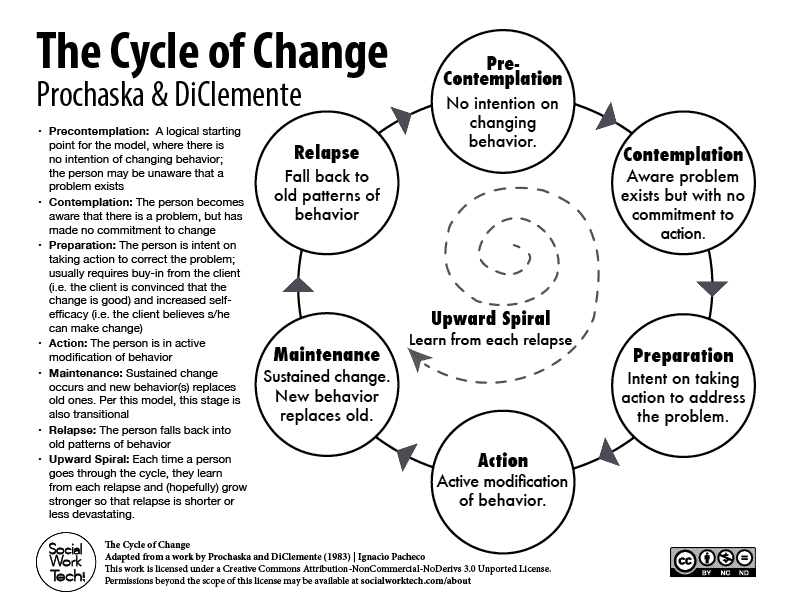When a Client is Silent during Therapy (Part II)
One of the most challenging situations for a therapist is how to work with a client who is silent during sessions. In Part I of “When a Client is Silent during Therapy, I proposed the idea of reframing the silence as a symptom of ambivalence instead of resistance and discussed two strategies for addressing the silence and ambivalence. First, to believe in the strength of therapeutic alliance to reduce the therapist’s insecurities. The unconditional positive regard as part of that alliance is the most important indicator of the client’s success in therapy. Second, to get comfortable with reflective silence through the use of gentle reflections and affirmations. In Part Two, I present two additional strategies in working with a silent client.
Slow the Pace and Remove the Pressure
Becoming comfortable with reflective silence through providing reflections and affirmations can help the therapist to escape a narrow definition of success as verbal engagement and active change. It’s important to always keep the stages of change (see below for description of the Stages of Change) in your mind as a therapist. Understanding that the approach used with a client in contemplation is very different than the approach used with a client in action removes the pressure from the therapist to push for change. The client’s silence may indicate that they are in contemplation or even pre-contemplation. It may be important to slow the pace of therapy in order to match the current needs of the client. Reflection is significantly more effective than skill training for the silent client. Keep in mind that harmony in the therapeutic partnership is more important to outcomes than ambivalence. One strategy to reduce the pressure for change is to communicate your alignment with the client against the problem. This can be done verbally, such as “You are not alone. We will face this together.” This can be further strengthened by visually demonstrating your alignment. For example, writing the problem, or even the word “problem”, on a paper and posting that on the wall opposite of the client. Then moving your position in the room next to the client to face the problem together. For some clients, removing the pressure of eye contact by facing the same direction can reduce possible anxiety that may be contributing to their silence.
Building the Confidence of the Client
Once the pace of therapy has been assessed and adapted as needed, the therapist is then able to focus on fostering an accepting, empowering, and safe atmosphere. In order to identify the source of the ambivalence, it’s important to continue to provide reflections and affirmations to the silent client in balance with the acceptance of reflective silence. An additional strategy to build upon the reflection and affirmations you are providing is to ask open-ended questions. It is important to be gentle with your questions, such as wondering with the client.
Some examples:
“I wonder what comes next.”
“I wonder how to describe the problem.”
“I wonder what you’re feeling now.”
“I wonder how I can best help you.”
Keep in mind that the client’s perception of how likely it is that they can succeed in making a change is a good predictor of the likelihood that actual change will occur. Therefore, focus on building confidence in the client’s self-worth and self-esteem as a pre-cursor to talking about change. It’s important to avoid giving advice to a silent client. “People are better persuaded by the reasons they themselves discovered than those that come into the minds of others.” (Blaise Pascal) Because the silence can be reflective of in congruent emotions related to facing a problem (such as fear and excitement), continuing to provide a balance of accepting silence with reflections, affirmations, and open-ended questions may reduce the fear fueling the silence.
Through re framing resistance as ambivalence and increasing confidence in responding to that ambivalence, therapists will feeling more at peace when working with a client who is silent. That sense of peace will be reflected to the client who may also feel a decrease in pressure to do. Sometimes the therapy session is the only space a client has available to sit in silence, feel accepted unconditionally, and just be. We can provide that unconditional positive regard for those clients. Silence is not failure for the therapist. In fact, it can sometimes be the biggest sign of success.

